The big freeze in December brought a snipe to the back of our house, almost to the back door. – Sean Flanagan
Niall Hatch of Birdwatch Ireland tells me that snipe do occasionally turn up in gardens during sudden periods of very cold weather, when the wetlands they would typically frequent freeze over and feeding becomes very difficult. Gardens tend to be slightly warmer than the wider countryside and often provide an opportunity to forage for earthworms. If you had indicated the location, this notable sighting could be logged as a record.
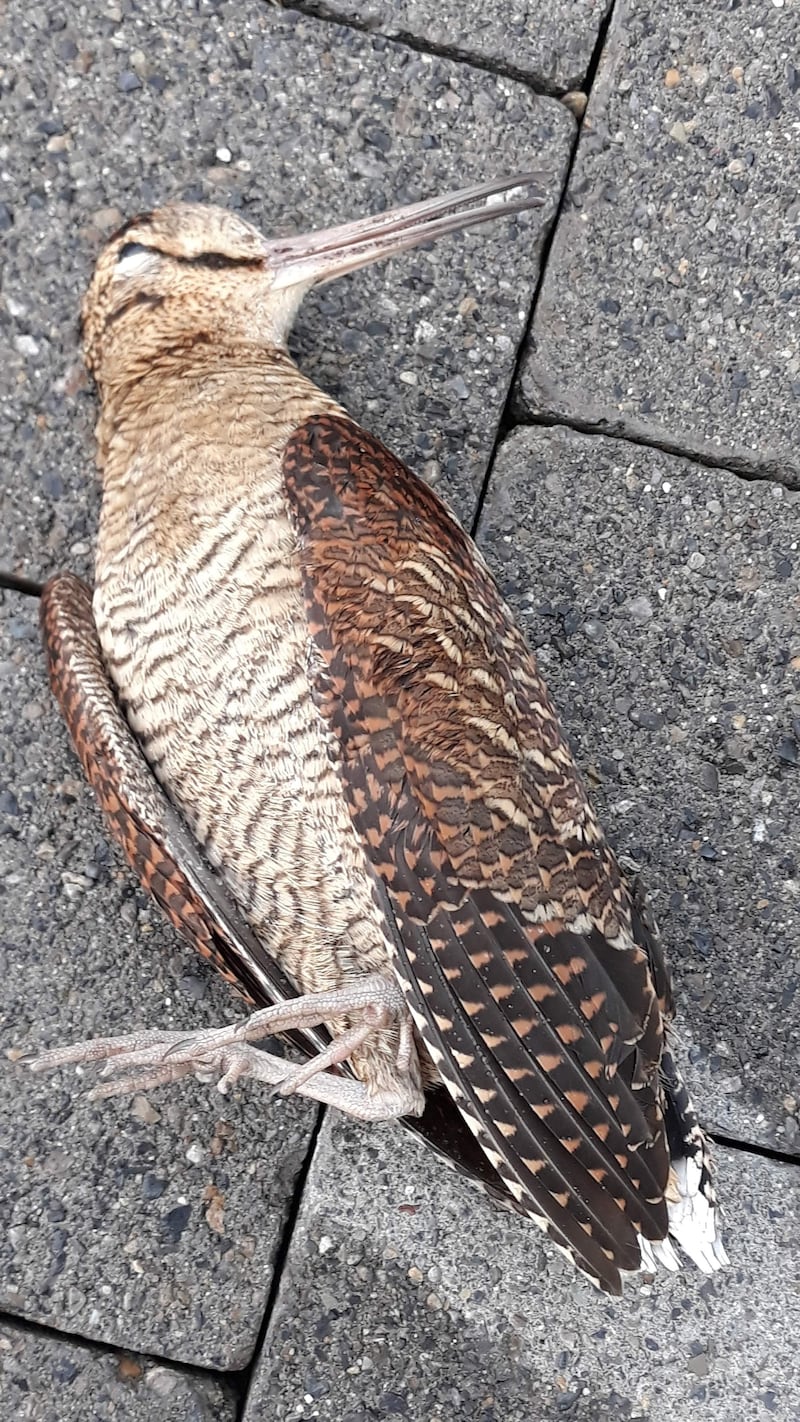
Is this a snipe? I found it on Fitzwilliam Quay, quite lifeless but with no visible damage. It could have crashed into the overhead building beside the Dodder. – Tom Curtis, Dublin
No, it is actually a woodcock – another wader, but larger than a snipe. It has broad dark and pale bars on the crown while the snipe has cream and dark brown head stripes. It is a solitary woodland species that favours damp broad-leaved woods, although it can also occur in coniferous plantations. It emerges at dusk to feed in nearby fields so is seldom seen. Our native population is greatly augmented by a massive winter immigration each year. This is a winter migrant from northern Britain or continental Europe. It travels by night, which is why it may have collided with the building.
READ MORE
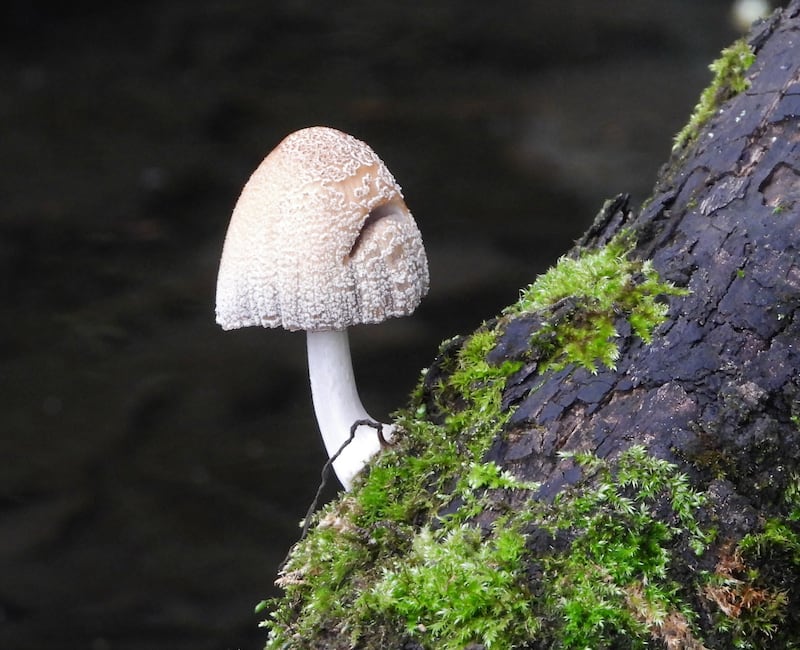
I was surprised to see a mushroom in mid-December. What variety is this one? – N MacNeill, Dublin
This is a beautiful image of Coprinellus domesticus, a large fungus in the inkcap group. It occurs on mostly deciduous wood, is widespread and rather common, and has been recorded well into winter.
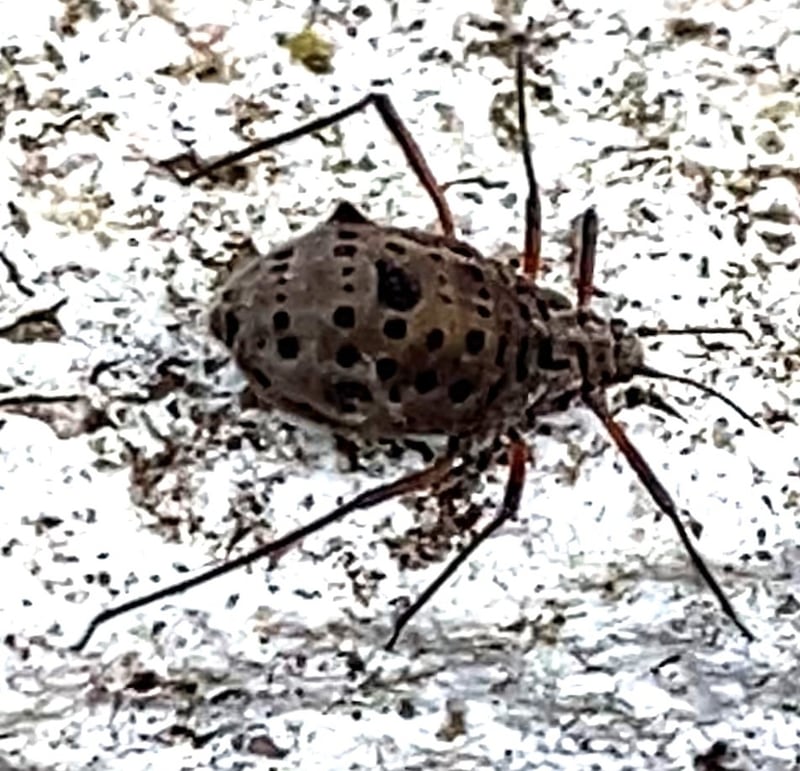
Thousands of these little insects crawled out of a neglected garden and up the walls of the house in September, October and November. They are approximately the size of a tick. What are they? – Mary Ryan, Co Waterford
They are giant willow aphids – Tuberolachnus salignus. At 5mm in length, it is one of our largest aphids. It is greyish black and has a characteristic shark-fin shaped tubercle on its back. No males have ever been found and the females give birth parthenogenetically to live female young. It can form dense colonies on willow bark during the summer and autumn. What the crawling legions were hoping to find on the walls of your house remains a mystery.
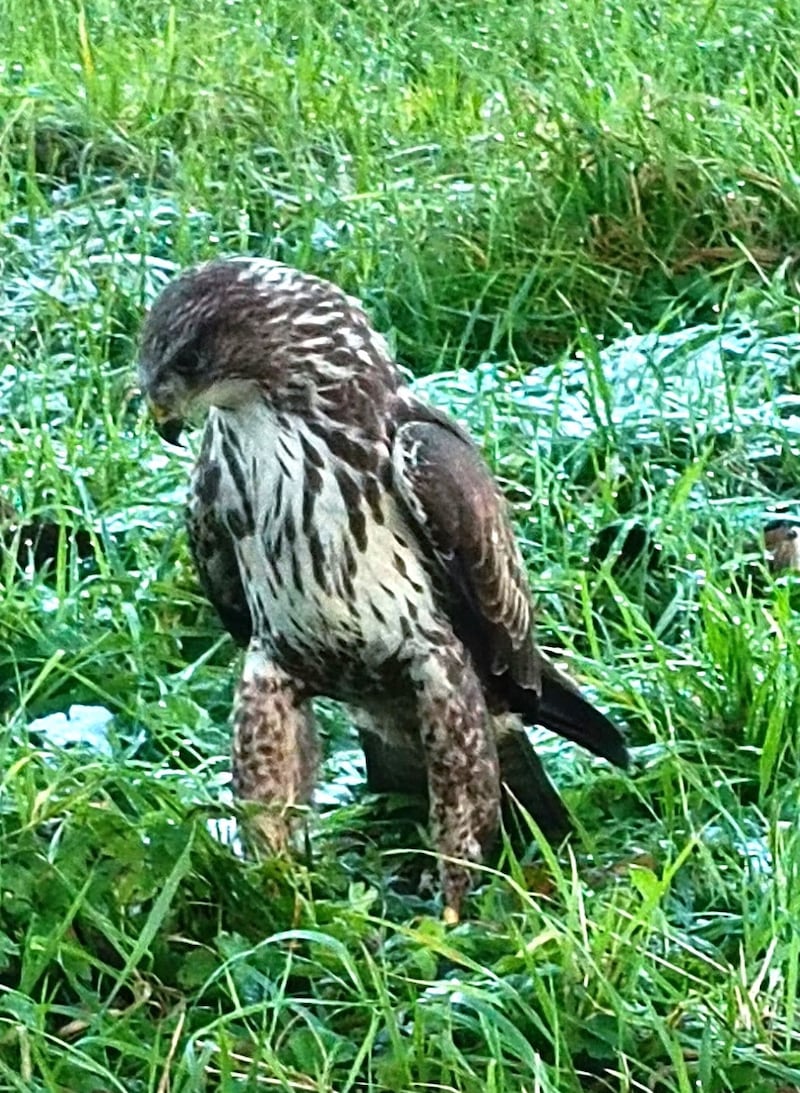
This fabulous creature moved into some sheds locally and has been patrolling the skies for about three weeks. I got these photos from the car when it swooped on a fieldmouse. We think it’s a Cooper’s hawk or buzzard. – Patrick Gilmore, Co Mayo
It’s a buzzard – a very large bird of prey – which is up to 57cm long with a wingspan of 120cm. Cooper’s hawk is much smaller and is a non-migratory North American species. Google has a lot to answer for.
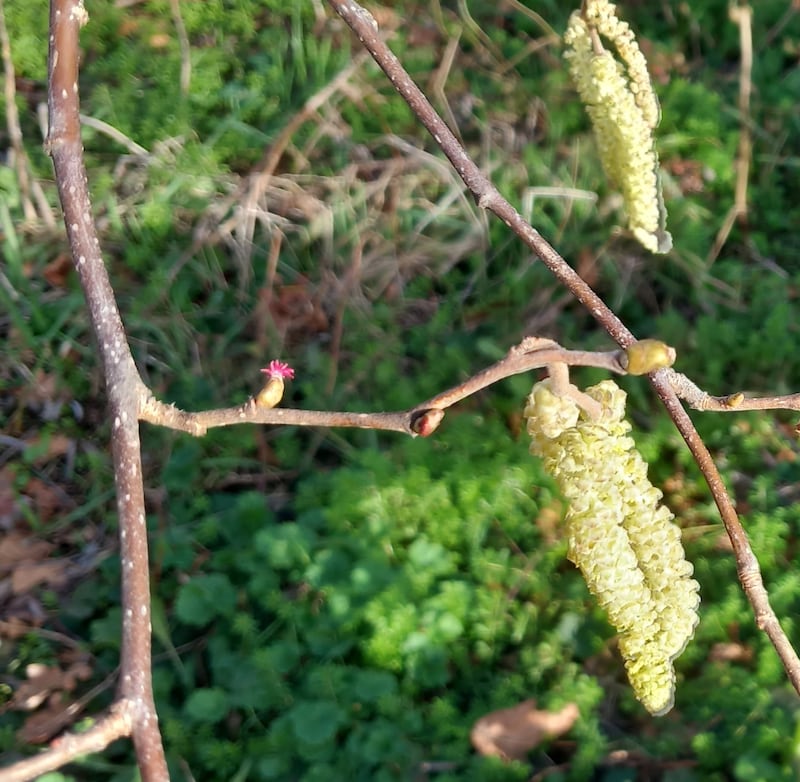
Further to the query about the catkins on the hazel tree in mid-November but no female ones, I attach a photo of the hazel trees in Airfield, Dundrum in early February. Both the long male catkins and the small red female ones are very much in evidence. – N Campbell, Dublin
Supplies of hazelnuts in autumn are assured so. Hazel is a wind-pollinated tree and the catkins form before the leaves so that the pollen can blow unimpeded to the small female flowers. Bumblebees, however, collect the pollen in early spring to make into protein-rich food for the first baby bees. But in collecting this pollen, they do not play any role in pollinating hazel flowers. The bees are just availing of the free hand-out.
Please submit your nature query, observation, or photo with a location, via www.irishtimes.com/eyeonnature












